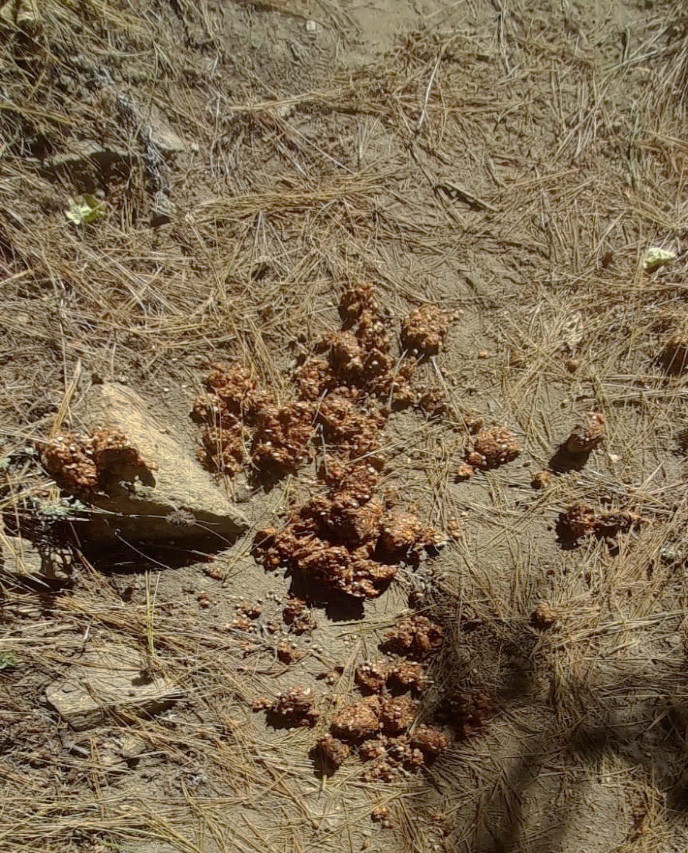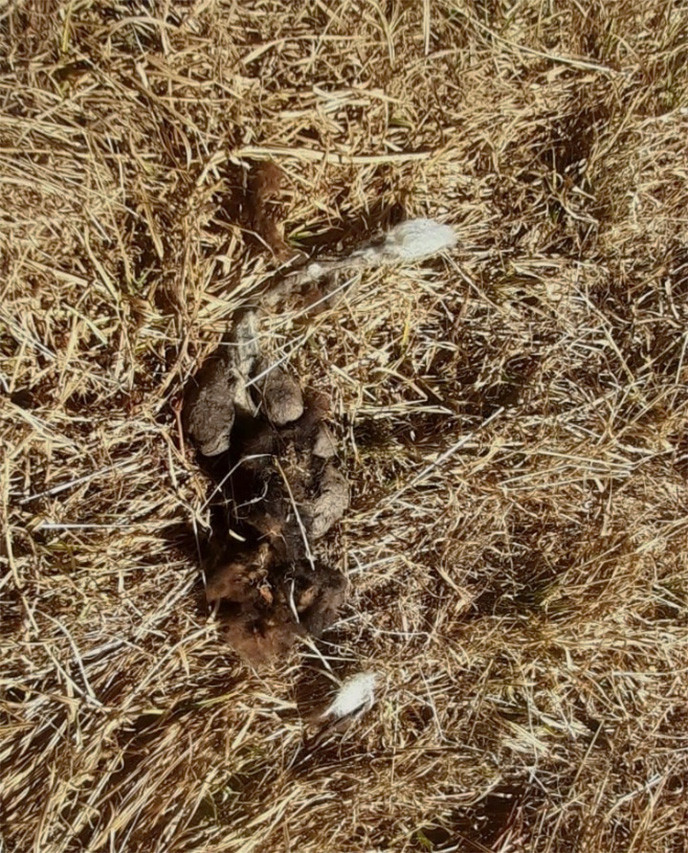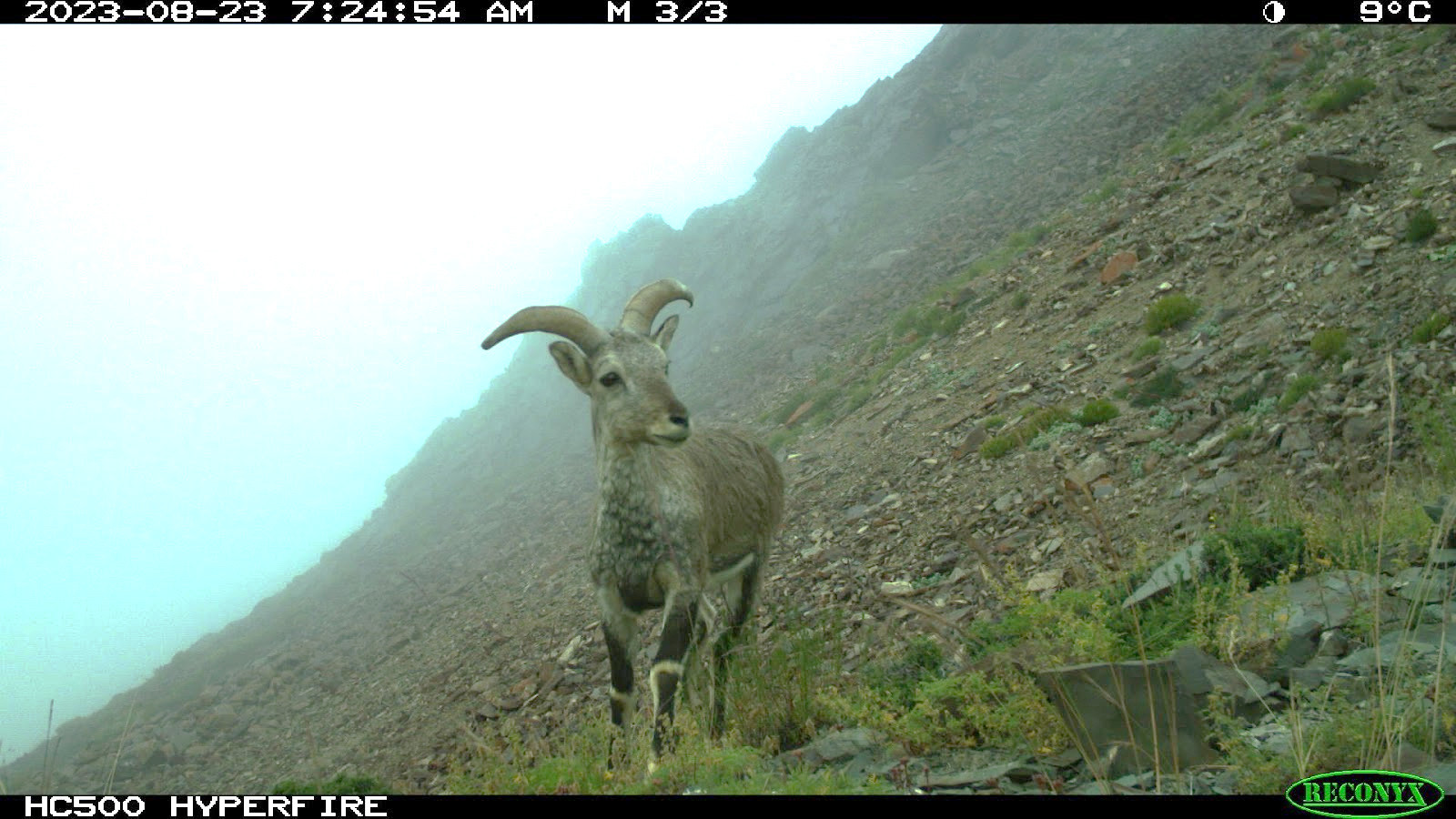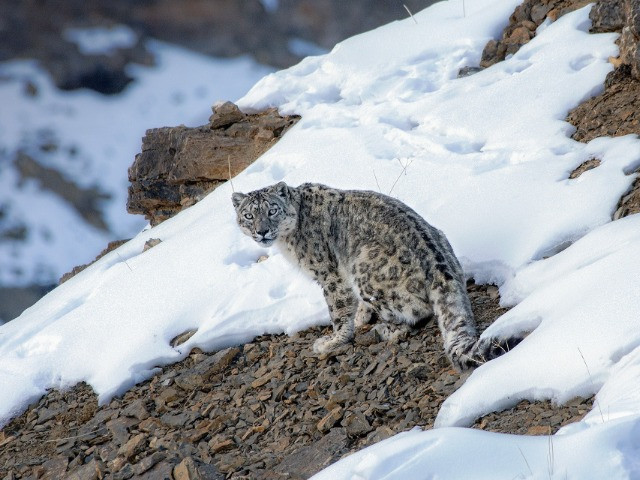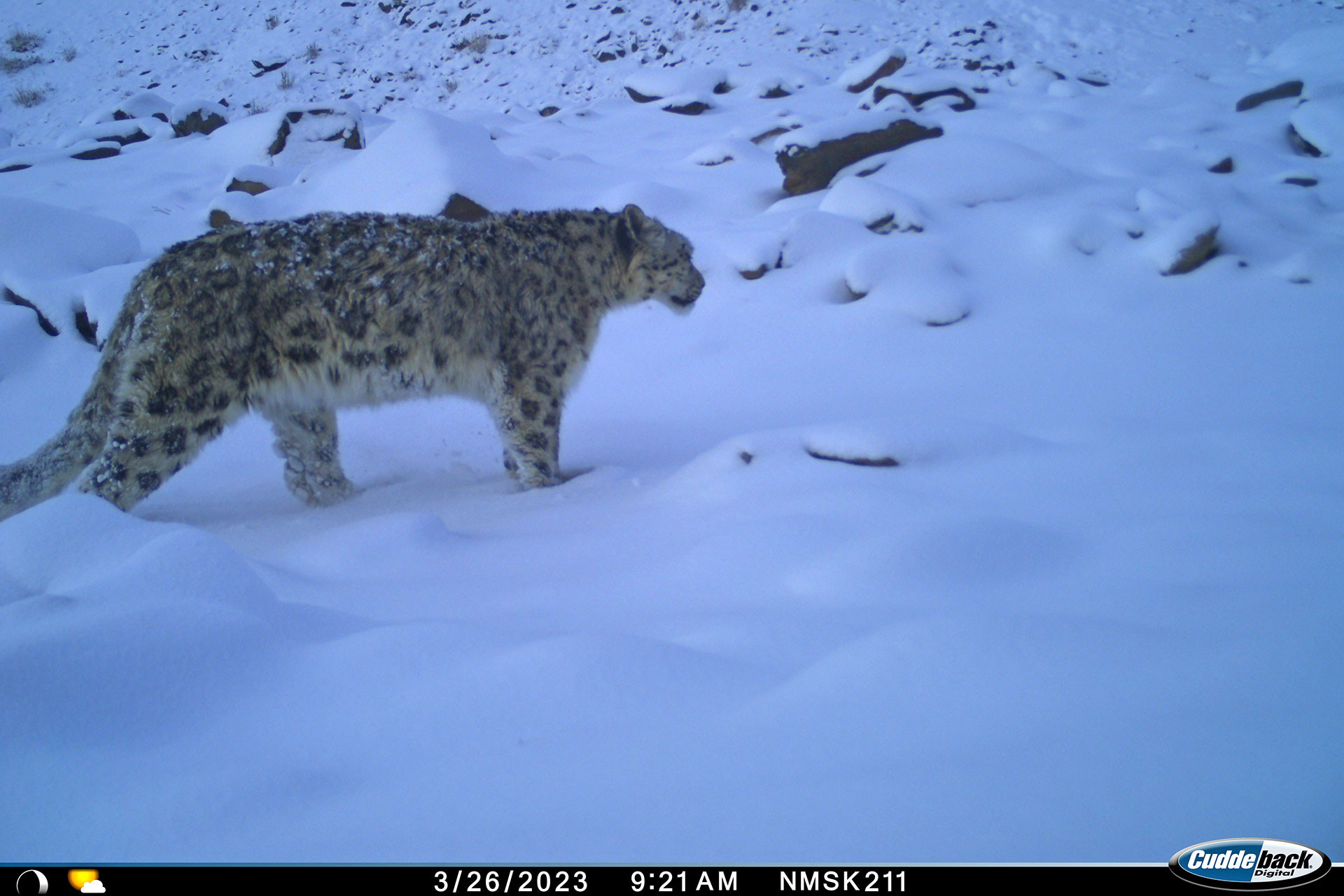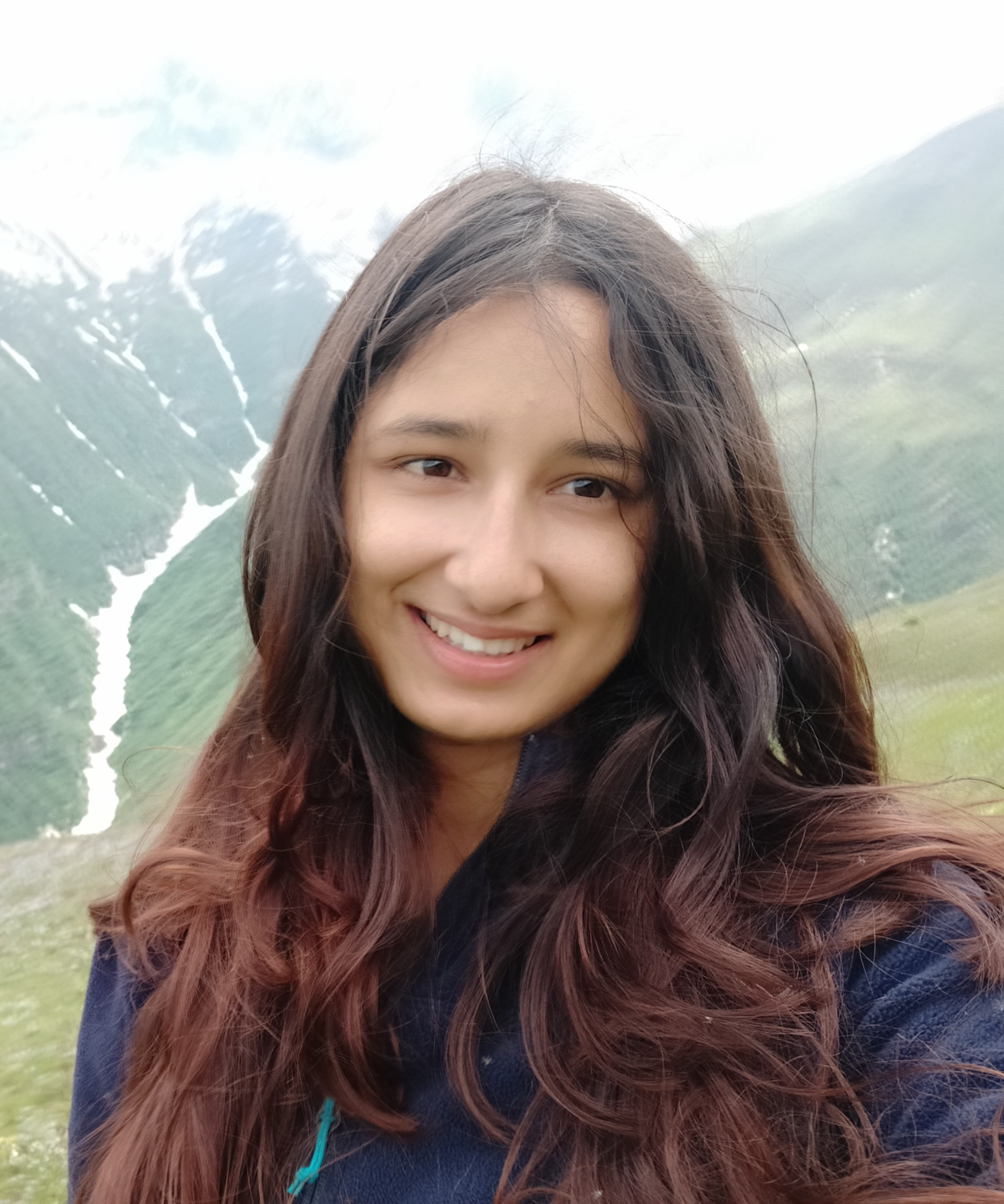Gangotri in November is a captivating manifestation of the phrase ‘Winter is coming’. Point towards any mountain, and you can witness poetic shifts in the landscape. At the lower elevations, the forest unfolds in a vibrant yellow carpet of senescent leaves. The pines, spruces, deodars, and rhododendrons proudly uphold their green, in said order, while the wild roses continue to bear fruits till late November. Further up, the alpine meadows display hues of brown and red. The summits, forever cloaked in white, observe these transitions, poised for a season of snow.
Our trek route traversed through these transitions as we made our way to the magnificent Rudragaira summit, nestled in the heart of Gangotri National Park, within the Bhagirathi river basin in Uttarakhand. Our task was to complete autumn sampling and deploy camera traps for the winter season as part of the Wildlife Institute of India’s National Mission on Sustaining the Himalayan Ecosystem (NMSHE) project, funded by the Department of Science and Technology (DST).
We navigated steep climbs and deep valleys, deploying camera traps and conducting vegetation surveys. Occasionally spotting fresh scat of Himalayan Brown Bears, we hoped to catch a glimpse of an individual, albeit from a safe distance. The challenging 8km trek from Gangotri culminated at the base camp around 3:30 in the afternoon, after a 7-hour hike. We set up our camp, and as the darkness of the night draped the landscape, the hot sabzi-chawal and the comforting embrace of our sleeping bags provided refuge from the biting cold.
The following day, on our ascent to Rudragaira, the sound of our breaths attuned to the careful placement of our footsteps, we came across Alpine Choughs dancing across the snowy sky. A large herd of Blue Sheep or Bharal carefully distanced themselves on sensing our presence. On reaching the spot they had vacated, we discovered pug marks and scat of Snow Leopards interspersed with the pellets of Blue Sheep, suggesting frequent visitation by both predator and prey. The stability of the plateau and its alpine meadows, fostered by the nearby streams, seemed to have fortified the food chain. We exchanged glances, holding on to the collective hope of sighting a Snow Leopard.
After reaching the summit base camp at around 1:00 in the afternoon, perched at an elevation of over 5000m, we deployed our last camera trap. As the sense of accomplishment descended upon us, we were rewarded with stunning vistas of the majestic Gangotri peaks.
You may also like to read
Absolutely spent, upon returning to the base camp, we concluded the day by indulging in a simple meal and preparing to retire for the night. As the encroaching cold embraced us, under the waning silver moon, the Akash Ganga, aka Milky Way, revealed her breathtaking beauty.
At around 7:30 in the evening, our field contributors summoned us in silent urgency, "Him Tenduva dekhna hai toh aajao!" We were confused initially, not sure if they were joking or if they were actually calling us to see Snow Leopards. Intrigued, we followed them into the night.
Just 50m from our tents, there were not one but two Snow Leopards, strolling past without a care in the world. Time seemed to stand still in that moment. We were all as if lost in a trance, basking in the glory of the grey ghosts of the Himalayas. Our eyes, crystallising the moment into a memory that would live in us forever. Perhaps this is where the genesis of folklore lies—in our endeavour to draw others closer to these singular experiences, through the art of storytelling.
Our field contributors, despite their extensive time in this landscape, had never before witnessed such a close and intimate encounter with these enigmatic felids. Looking back, what becomes evident is that the encounter was never about any of us who were there that day but a testament to the profound wonders of the natural world.
At the risk of sounding lazy, we leave you with a line from the beloved Ruskin Bond:
"I’d like to think they knew we were there, that they recognised us, and that they acknowledged our visit in the friendliest way—by ignoring us altogether!"



